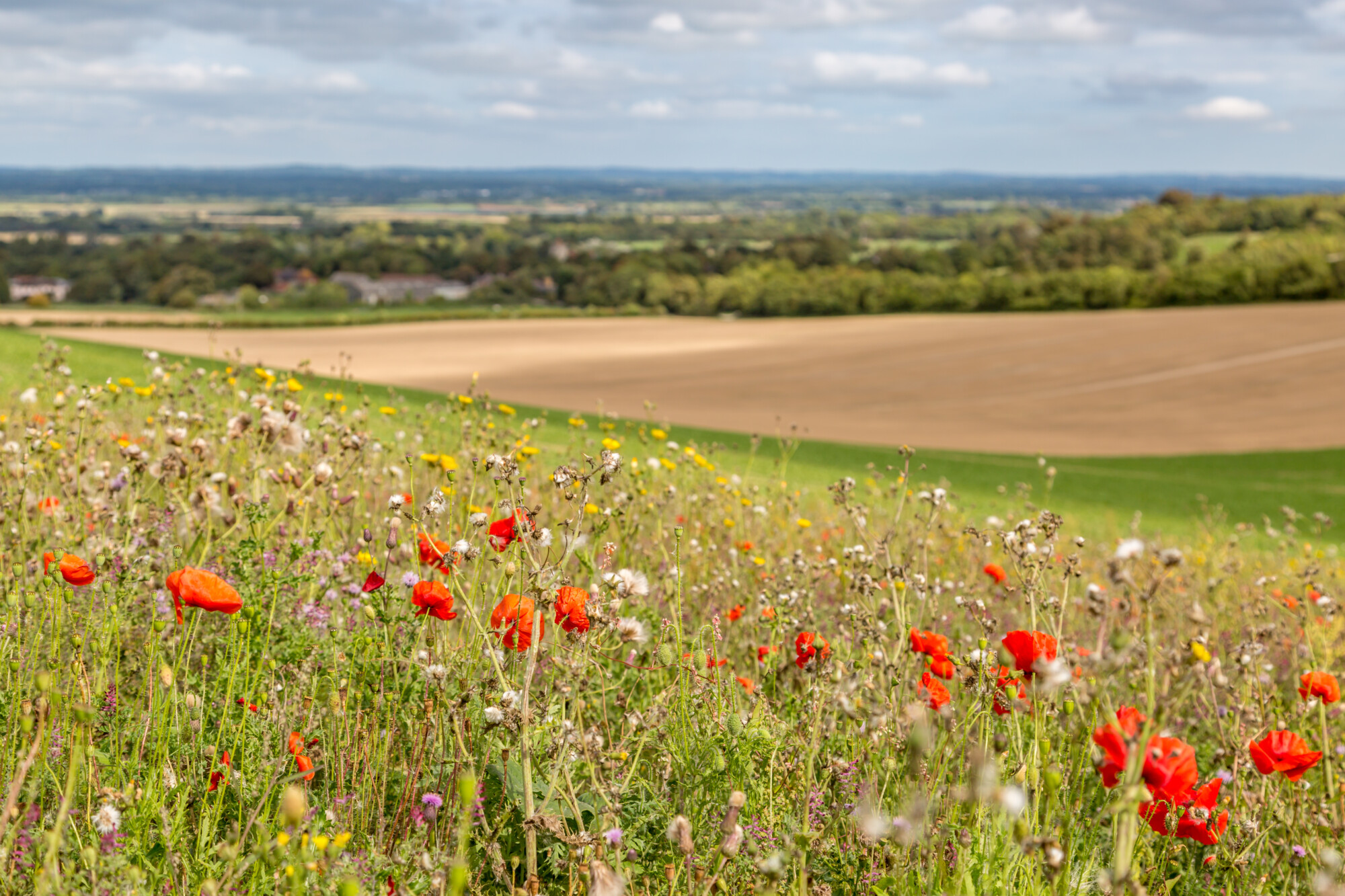Nature-friendly farming group helps wildlife across 28% of their land
16th February 2022
A new report from The Wildlife Trusts reveals that nature-friendly farmers from the Jordan’s Farm Partnership have provided an area greater than Cambridge for farmland wildlife as part of their efforts to boost nature’s recovery. The group of over 30 cereal farmers are proving that commercial agriculture can flourish while also restoring nature.
Between 2020 and 2021 Jordan’s oat growers collectively farmed 15,000ha of countryside, of which over 4,200ha (28%) is managed for wildlife to support nature’s recovery, with the help of tailor-made farm wildlife plans devised by Wildlife Trust advisers.
These plans assist farmers in their efforts to improve and increase the wildlife habitats on their farms, such as ponds, hedgerows and wilder field edges, helping to give a boost to endangered species such as lapwing, grey partridge and yellowhammer. There are a host of other wildlife benefits too – from pollinators to brown hare and barn owl.
Joan Edwards, director of policy and public affairs at The Wildlife Trusts, says: “The UK is one of the most nature-depleted countries in the world, and nature-friendly farming has a vital role to play in tackling the nature and climate crisis. It’s fantastic to see how growers in the Jordans Farm Partnership are making a huge difference to nature’s recovery.
“These inspirational farmers demonstrate that we don’t have to settle for either commercial cereal growing or restoring nature – they show how farms can actively help wildlife thrive once more. By restoring wild features such as wildflower meadows, waterways and hedgerows, famers are providing homes for bees, birds and butterflies and a wealth of other species.”
In a recent poll of Jordans growers, 100% of responding farmers said they had seen a noticeable increase in wildlife on their farms since joining the partnership. Farmers reported a visible increase in a range of species from brown hares to pollinators through to endangered species such as grey partridge, lapwing and yellowhammer. Many of the farmers reported seeing species for the first time ever after creating or extending habitats such as barn owls, bullfinches, and otters. Others have had species such as honey buzzards visit for the first time since joining the group.
Sir Michael Colman owns Malshanger farm in Hampshire and has been a member of the Jordan’s Partnership Programme (JFP) since it started. Since joining he has added to and increased the wildlife habitats on his farm such as wildflower margins and has been delighted to have attracted more birds such as goshawk, stone curlew and barn owl.
Sir Michael Colman says: “It is wonderful to see wildlife increasing on my farm – this year a goshawk was seen over our woodland for the first time. The JFP project has given advice on practical and achievable conservation improvements that can be made to existing habitats, as well as suggestions on new habitats we can create for wildlife.
“After we spotted stone curlews on my estate, my JFP farm advisor put me in touch with a local monitoring scheme which recorded a successful breeding pair in 2021 – another ‘first’ our farm has achieved since joining the partnership.”
Each of the 35 farms in the Jordan’s partnership works with an expert advisor from their local Wildlife Trust and has a bespoke plan to support wildlife, focusing on key species and habitats which are important to the farm’s local landscape. Between 2020 and 2021 JFP farmers have managed 897ha of woodland, 120 ponds, 722km of hedgerows, 138km of waterways and 476ha of field margins.
Polly Rattue, sustainability senior brand manager from Jordans says: “Not only do these plans support nature on the farm, but they also help connect habitats and create networks for wildlife to move more easily throughout the wider landscape. Our farmers are passionate about wildlife, and we are proud to support the Wildlife Trusts’ work to restore our natural world.”
For more environmental stories, visit our website.

